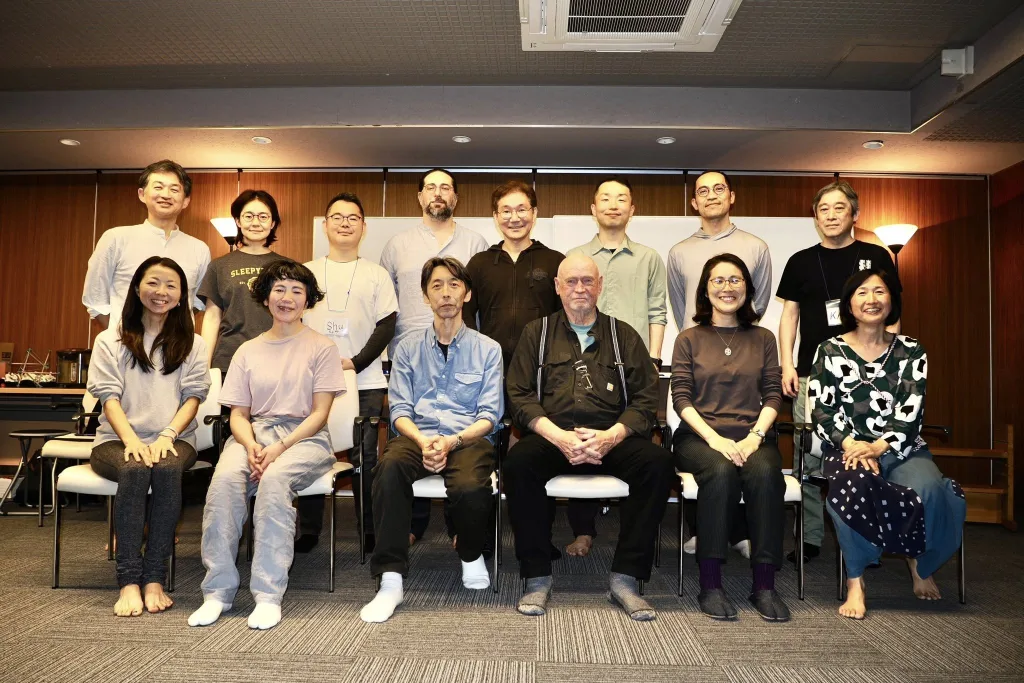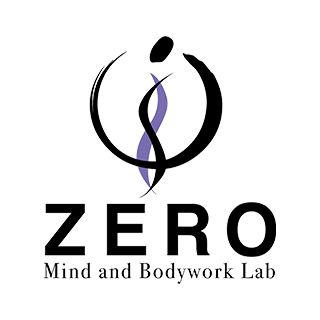Introduction
Hello, I’m Hidefumi Otsuka, offering Rolfing sessions in Shibuya, Tokyo.
From April 8 to 25, 2025, a three-week (12-day) Advanced Training (AT) organized by the Japan Rolfing Association was held in Ichigaya, Tokyo. The instructors were Ray McCall and Hiroyoshi Tahata.

The first phase (12 days) of the 24-day AT concluded yesterday. I would like to express my sincere gratitude to organizers Toshikazu Kamachi and Yuta Otomo, client coordinator Nao Kusumi, and interpreter Tomomi Furukawa.
This AT provided an opportunity to learn from two outstanding instructors with distinct personalities. Reflecting on their teachings and characters, I aim to deepen my exploration of Rolfing. While this includes personal impressions, I hope I can summarize my thoughts.
Ray McCall — Freedom and Depth from Over 40 Years of Experience
Ray’s Personality
Ray is a veteran Rolfer with over 40 years of experience. To me, he embodies both generosity and sincerity.
He attentively listens to students’ questions and strives to answer them honestly and thoroughly.
Importantly, Ray never adopts a condescending attitude; instead, he fosters an atmosphere of mutual learning among fellow explorers.
Teaching Style
Ray excels at using analogies, vividly conveying complex concepts.
His session demonstrations are not mere displays of technique but articulate the reasoning behind each action and the changes observed, making them easy to follow.
While respecting individual sensations, he provides precise advice to help students refine their techniques.
Learning from Ray naturally instills the understanding that “technique is not just movement; it’s about utilizing the wholeness of observation, intention, and relationship.”
Hiroyoshi Tahata — Deep Exploration Through “Ma,” “Hara,” and Yield Work
Tahata’s Personality
Tahata-san, originally a researcher at Hayashibara Institute, is now a Rolfer. Although our practices are geographically close—mine in Shibuya and his in Daikanyama—we hadn’t interacted until this AT.
Spending 14 days with Tahata-san, I was most impressed by his continuous interplay between theory and practice, his fearless experimentation in sessions, and his childlike curiosity in enjoying Rolfing.
Though he speaks sparingly, each word is profound and precisely hits the core.
In Tahata-san’s sessions, the focus isn’t merely on technique but on the approach of “yield work,” which emphasizes “setting the field” and “waiting for the body’s process.” The trasformations are remarkable, though difficult to verbalize—that’s the essence of Tahata-san’s mastery.
Teaching Style
At first glance, Tahata-san’s session demonstrations involve minimal movement, making it hard to discern what’s happening. However, just by setting the field, the client’s body undergoes profound changes—a surprising process to witness.
It’s as if he’s conveying that “some things can’t be expressed in words.” Indeed, he makes one feel what it means to touch the body through the field at a non-verbal level.
How to Apply Their Teachings in Sessions
Summarizing how to incorporate their teachings into sessions:
Lessons from Ray McCall
- Understanding principles and fundamentals to construct sessions freely
- Bridging experiences to others through analogies and articulation
- Listening to the client with the whole body while refining techniques
Lessons from Hiroyoshi Takata
- Engaging with existence itself through “ma” (space) and “hara” (center)
- Deepening sessions with a spirit of exploration, unafraid of failure
- Enhancing the quality of the field, conveying at a level beyond words
Conclusion
Though Ray McCall and Hiroyoshi Tabata have seemingly different styles, I believe they share a common understanding:
“Believing in the self-organizing power within the client”
“Creating a space that supports, rather than hinders, the flow of life”
Recognizing this alone makes participating in the AT worthwhile. Moving forward, I aim not to be confined by technique but to:
- Hone my own senses
- Enjoy the exploration
- Be present with the life force within the client
The second phase of the AT begins on June 24. I look forward to the remaining days, embracing the stimulation and enjoyment they bring.

